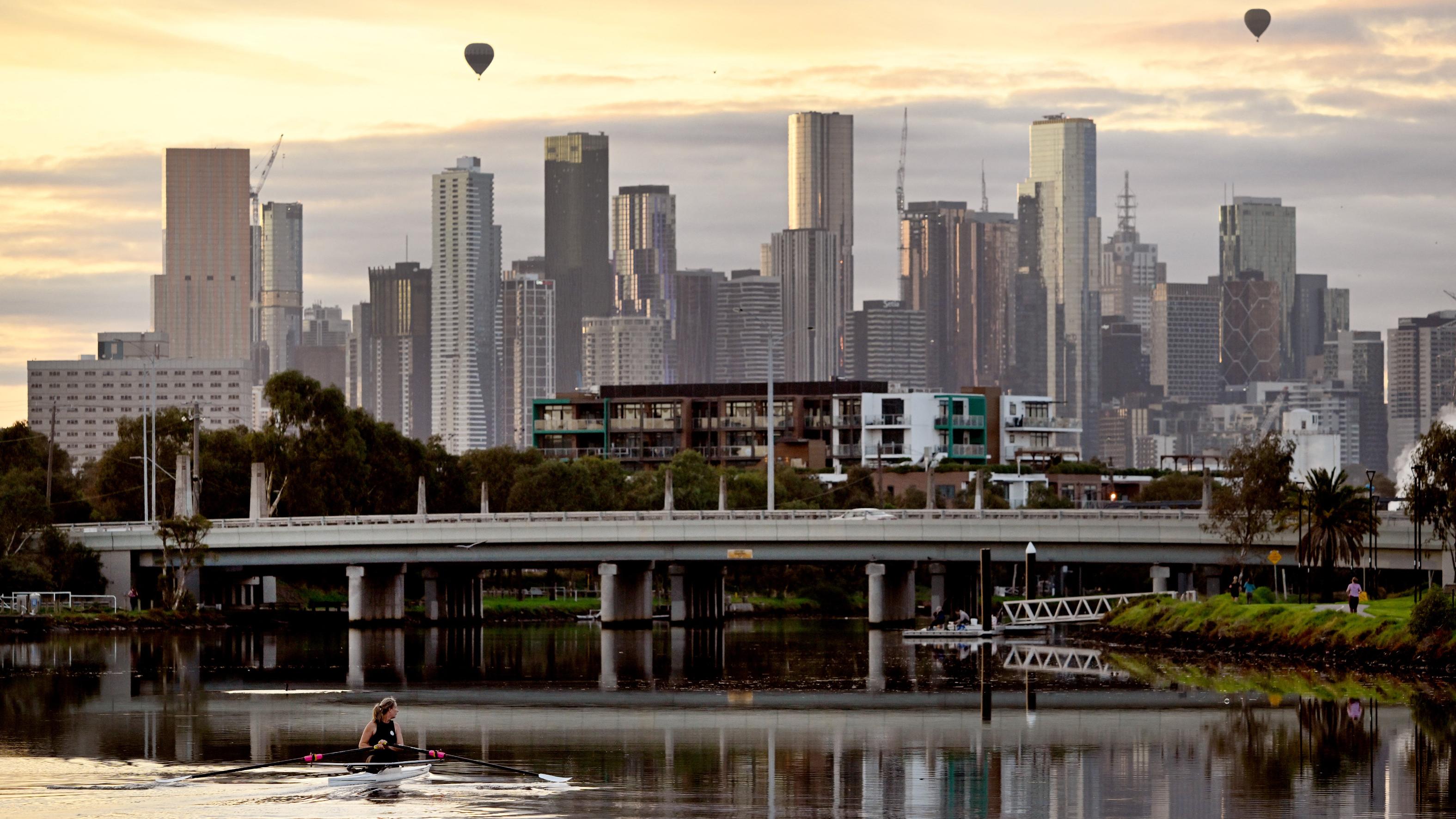 A rower makes their way along the Maribyrnong River towards the Melbourne skyline in the early morning light on April 18, 2023. (PHOTO / AFP)
A rower makes their way along the Maribyrnong River towards the Melbourne skyline in the early morning light on April 18, 2023. (PHOTO / AFP)
CANBERRA — High overseas migration has driven Australia's rate of population growth to its highest level in over a decade.
According to data published by the Australian Bureau of Statistics (ABS) on Thursday, Australia's population grew by 2.17 percent in the 12 months to the end of March to 26.47 million people.
By comparison, in the 12 months to the end of March 2022 the population grew by 1.0 percent, with Australia's international borders closed for the majority of that span
It marks the highest annual growth rate since the population grew by 2.19 percent in the 12 months to the end of December 2008.
READ MORE: NZ sees largest net migration loss to Australia in near-decade
Beidar Cho, head of demography at the ABS, said in a media release on Thursday that an influx of migrants in the wake of the COVID-19 pandemic was the biggest factor in the population surge.
"13 months after international borders were re-opened, net overseas migration accounted for 81 percent of growth and added 454,400 people to the population in the year to March 2023," he said.
By comparison, in the 12 months to the end of March 2022 the population grew by 1.0 percent, with Australia's international borders closed for the majority of that span.
ABS data showed that 681,000 migrants arrived in Australia in the year to March 2023, an increase of 103 percent from the previous year, and 226,600 people left the country to live overseas.
READ MORE: Australian Senate paves way for landmark Indigenous referendum
Natural increase in the population was 108,800 people, with 301,200 births and 192,300 deaths registered in the year to March.
Deaths were 7.9 percent higher than the 12 months to March 2022 and births 3.4 percent lower.
Population growth over the 12 months was highest in the state of Western Australia at 2.8 percent and lowest in the island state of Tasmania at 0.4 percent.


